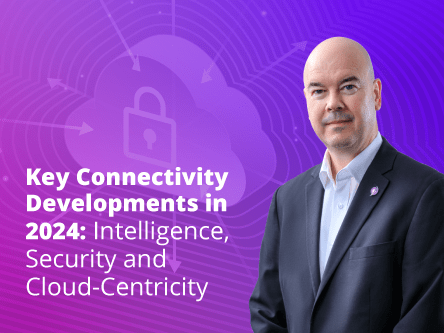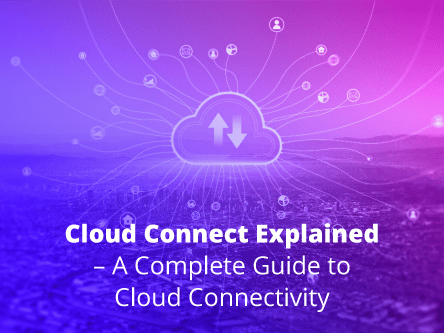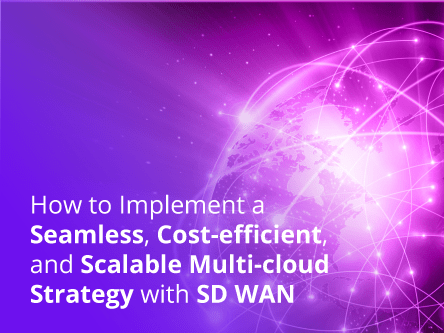Digital transformation in the critical healthcare industry has been accelerated by the pandemic, but opportunistic cyber threats have exacerbated risks.
Operationally, with frontline hospital heroes around the world coping with supply chain disruptions; insufficient beds and personal protection equipment; digitalisation has certainly helped to improve logistics planning, resource scheduling, medical diagnostics, urgent intervention protocols and telemedicine services.
With so much valuable private data in its networks, healthcare IT systems are now literally in intensive care and suspense while malicious actors plot their next target.
Diagnosing unmet network health needs
With that said, while healthcare systems are rushing to the cloud to cope with multiple waves of COVID-19 infections, what needs to be done to take care of the network health of healthcare? The use of multiple cloud platforms and hybrid cloud environment could potentially further complicate things.
First, we have to understand the current constraints, risks and challenges being experienced by healthcare facilities. Then, the root of the problems brought about by urgent digital transformation can be summarised and diagnosed. Finally, an action plan or remediation program can be drafted and implemented.
Current challenges and risks
- Networking to, within and between various cloud and other critical work platforms is a complex process for IT teams, while end users need constant support due to increased identity verification and authentication steps.
- Hospital and healthcare IT teams are already stretched to the limit, and dealing with multiple new cloud service providers (CSPs) with unique security protocols can lead to human error.
- Notwithstanding the above issues, IT has reduced visibility of data and endpoints due to cloud sprawl, skills gaps and budget constraints.
- CSPs do not deliver the enterprise-class networking and security that healthcare systems require. Whether the sensitive health data is in motion or at rest, the highest standards of encryption, compliance, availability, security, visibility and access control are expected by government due to the huge increase in opportunistic cyber threats or inadvertent data breaches since the start of the COVID-19 pandemic.
- Multi-cloud environments that were adopted as the most expedient and most easily implemented solutions to meet urgent pandemic challenges are now posing a challenge to healthcare IT teams as they need to satisfy the abovementioned data and network management expectations and ISO and HIPAA compliance.
Roots of the problems
As mentioned, the use of multiple public clouds and CSPs for meeting urgent healthcare priorities has worked for the time being. Going forward, many hospitals are facing the limitations of juggling multiple CSPs, resulting in:
- Lack of granular user management functions
- Complexities in security and firewall insertion
- Lack of centralised auditability and audit trails for network monitoring
- Lack of encryption of data in motion across the clouds
- Lack of consolidation encryption models across multiple environments
- Lack of multi-cloud network architecture and consistent security tools
- Limited troubleshooting and overall visibility of the entire network
- Lack of cross-account traffic engineering or Network Correctness
Other unmet network management and data security needs faced by healthcare facilities around the world vary according to the adoption and migration choices made in the rush to embrace digital transformation.
However, due to the unpredictability of pandemic control measures and the predictable continued rise of cyber attacks, healthcare systems around the world now face a “no-turning back situation” that precludes disposing of the multi-cloud approach or making any major infrastructural revamps to solve the current challenges.
Diagnosis and prescription
To solve the aforementioned problems at their root, without massive revamps or time-consuming delays, healthcare services and facilities can install a single, all-encompassing network control layer made for the Cloud.
One way is to adopt a cloud networking solution that offers visibility, control and integrated security, such as Epsilon’s Cloud Networking. This type of solution has been shown by a Forrester Consulting Total Economic Impact Study to have an ROI of 222%.
Epsilon’s Cloud Networking enables healthcare IT administrators to take control of all CSPs and network architecture all the way to VPC/VNET level. Inherent benefits include high performance encryption; simplified and repeatable management of multi-cloud networking; and unfettered visibility of all users and data.
This allows healthcare systems and facilities to establish a high availability multi-cloud architecture that focuses on providing centralised control, operational visibility, multi-cloud segmentation, secure cloud ingress and egress controls, dynamic networking mapping through a private network service gateway. Security features can also be integrated to further address the aspects of healthcare IT challenges listed so far.
One would think that a truly enterprise-class cloud networking solution would take a long time to implement. The truth is, a solution like that is designed to be quick and painless to implement and master.
Bonus Read: Network Healthcare Innovation
Learn how you can create a foundation for securing user data and workloads across the Cloud
Don't wait any longer, take control today
Send us a message and we’ll get back to you in a jiffy.







